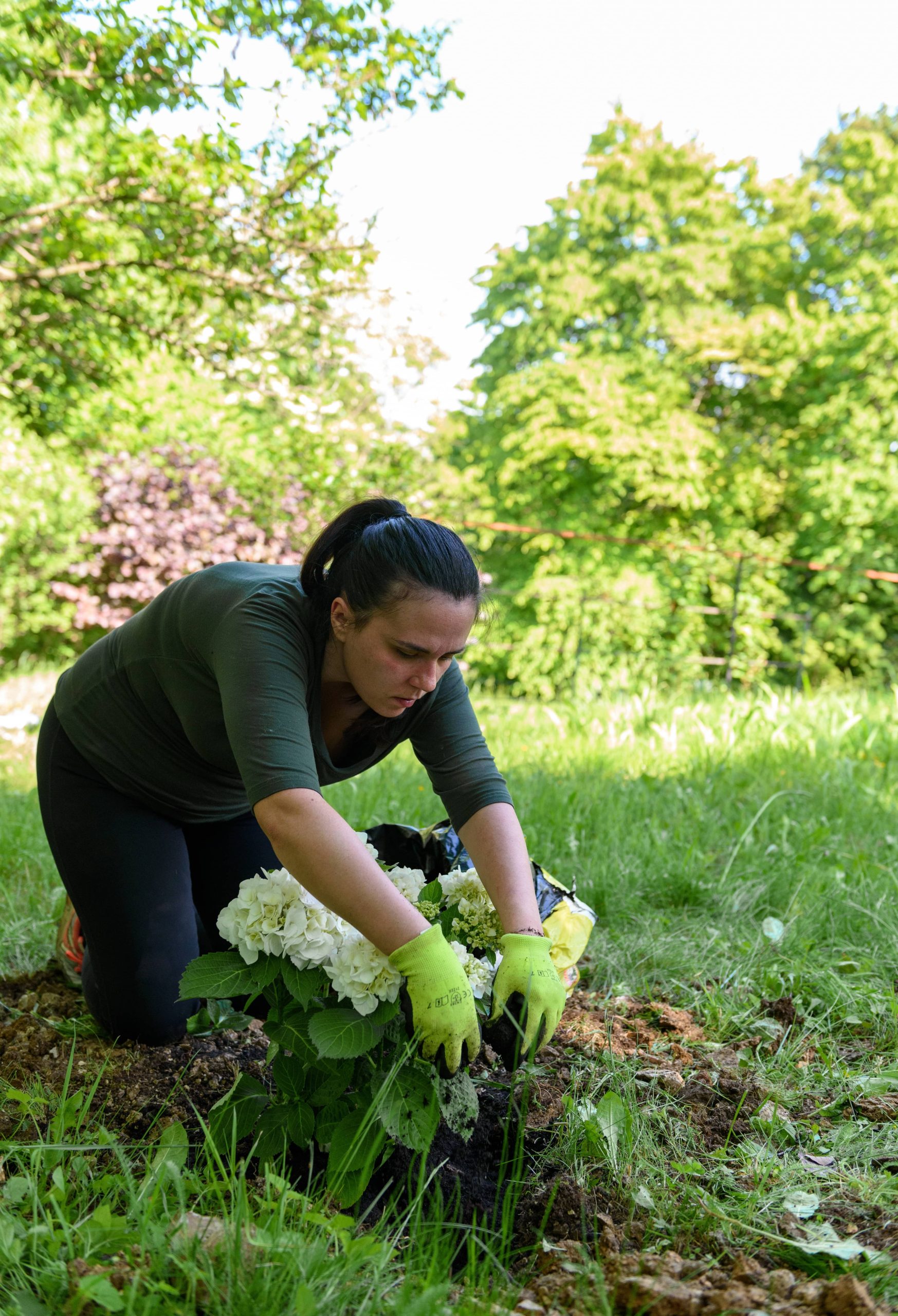
Composting stands as one of the gardening world’s superhero practices—a natural way to recycle organic material such as leaves, vegetable scraps, and grass clippings into valuable, nutrient-rich humus, enriching your garden soil. However, one common frustration for avid composters is the invasion of pests. Many gardeners have faced the unpleasant surprise of finding critters sifting through their compost heap or bin, which is not only disheartening but can also become a larger ecological problem. The good news is that there are practical solutions for keeping pests at bay. Here’s how you can establish a pest-free composting system that nourishes your garden while keeping unwanted guests out.
Understanding the Composting Process
To effectively manage pests, it’s essential to first understand the composting process. Compost piles work through the action of microbes, worms, and insects breaking down organic material into humus. During this process, the pile heats up, which helps to kill off many pathogens and seeds. However, compost piles or bins can also attract larger pests like rodents, raccoons, and insects if improperly managed.
Pests are often attracted to compost piles due to the smell of food scraps or an imbalanced mixture, which can lead to compost that’s too wet or too dry. A well-managed compost pile not only speeds up decomposition but also minimizes odors and doesn’t attract pests.
Starting with the Right Ingredients
The first step in maintaining a pest-free composting system is starting with the right ingredients. Composting materials are usually divided into ‘greens’ and ‘browns.’
– Greens are moist and rich in nitrogen, such as fruit and vegetable scraps, grass clippings, and coffee grounds.
– Browns are dry and rich in carbon, such as dead leaves, straw, or shredded newspaper.
By maintaining a balanced ratio of greens to browns (roughly 1:3), you ensure the compost pile will decompose efficiently without becoming too attractive to pests. Avoid adding things like meat, dairy, and oily foods as these can create strong odors and are magnets for pests.
Secure Compost Bin Design
Invest in a secure compost bin design. Enclosed bins are often a better choice for managing pests compared to open piles. A well-sealed, rodent-proof compost bin prevents critters like rats and raccoons from getting into your pile. Here are tips for choosing a pest-resistant bin:
– Choose a bin with a lid. This keeps odors and food scraps contained.
– Look for durable materials. Plastic or metal compost bins are harder for wildlife to break into compared to wooden ones.
– Elevate the bin if possible. Keeping the compost bin off the ground makes it harder for pests to access. Use legs or put it on a sturdy platform.
Manage Odors and Moisture
Odors often attract pests to compost piles. The smell can be reduced by ensuring the pile has plenty of air circulation and sufficient brown materials which help to absorb moisture and lessen the smell. Here are some strategies:
– Turn the pile regularly. Aerating the compost helps speed up decomposition and reduces odor by ensuring oxygen is mixed throughout the pile.
– Add dry materials. If the pile is too wet, add more browns to balance the moisture level. Excess moisture can cause anaerobic decomposition, which creates strong odors.
– Add lime or wood ash. These materials can help neutralize acidic odors without harming the compost.
Exclude Food Scraps Properly
Managing food scraps is paramount to keeping larger pests away. Here are some strategies:
– Bury food scraps. When adding fresh material, bury it at least 8-12 inches deep within the pile. This minimizes odors and makes it harder for pests to find.
– Use a kitchen compost pail with a charcoal filter. Store food scraps in your kitchen before adding them to the pile. A properly sealed kitchen pail with a charcoal filter minimizes pre-compost smells.
Plant Pest-Repelling Herbs
Strategically planting pest-repelling herbs around your compost area serves as a natural deterrent. Consider growing herbs like mint, lavender, or rosemary nearby; their strong scents can naturally repel many common pests.
Encourage Beneficial Insects
Encouraging the presence of beneficial insects that naturally help deter pests can also be effective. Bugs such as ants, beetles, and certain types of wasps play an essential role in eating the pests that can invade your compost pile.
Maintenance and Supervision
Regular maintenance and supervision are crucial. Inspect the compost area routinely for signs of intrusion. If you notice any breaches in the compost bin, address them immediately by repairing cracked plastic or reinforcing the lid.
A Pest-Free Mindset
Maintaining a pest-free composting system requires a thoughtful approach, a little effort, and consistency. However, the rewards are great: a cleaner gardening environment, peace of mind, and high-quality compost to nourish your plants.
By understanding the composting basics, carefully choosing materials, maintaining a balanced and well-managed system, and tending to the details, you can enjoy the wonderful benefits of composting without the hassle of dealing with pests.
Remember, a compost pile or bin that is healthy, correctly maintained, and properly monitored is less susceptible to pest invasions and can contribute significantly to your outdoor gardening success. Happy composting!













